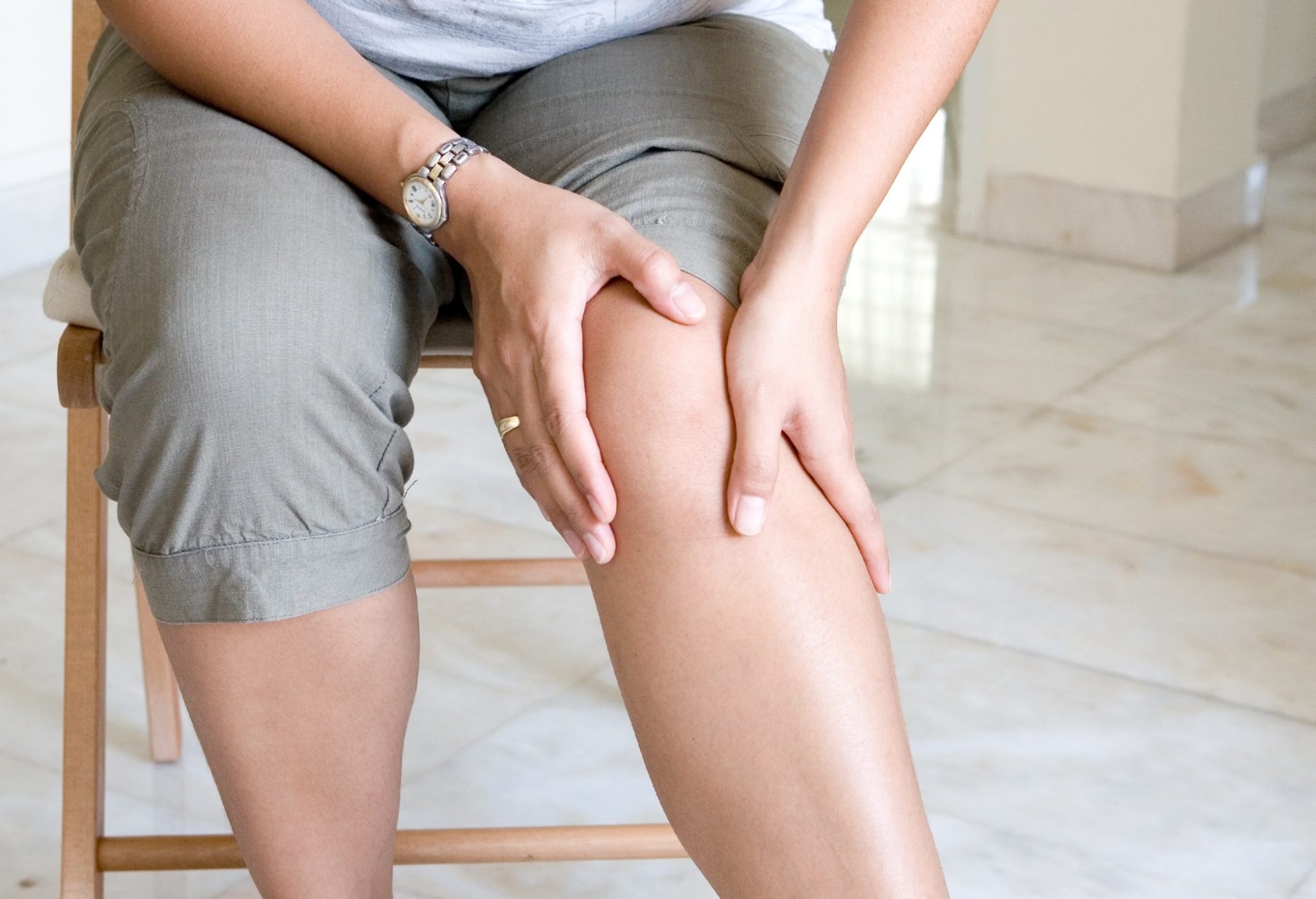Damage Inequity: Women and Osteo-Arthritis
Osteoarthritis is a progressive joint disease that is striking young women at an increasing rate. In 2000, just over 50,000 women between the ages of 20 and 39 saw a doctor for a diagnosis of osteoarthritis; just over a decade and a half later the number of OA diagnosis’ among women skyrocketed to over 230,000. The dramatic rise in what used to be known as an ‘older persons disease’ is due in part to an equal playing field. After the call for equal opportunities in sports, women became more active in high school and collegiate teams in sports like soccer, basketball, and volleyball. The fast pace, quick pivots, and high jumps in these sports put knee joints in very real danger. Landing even the slightest bit off balance, or twisting the knee after firmly planting your foot on the ground, will decimate the knee joint in seconds.
Women and Knee Injuries
Young girls, starting a sport they love young and specializing in it are often the ones at the highest risk of injury and eventually developing OA. This is largely due to the predisposition of a women’s body to the disease. Recent studies have shown that  women are three to eight times more likely to injure their knees than men are. This is partially due to biology. Hormones in women can actually cause a join to be more susceptible to damage. During a women’s menstrual cycle certain knee muscles will work differently than normal, causing the joint to destabilize. Variations in the central nervous system also play a role. Scientists at Oregon State University found that men’s muscles respond to nerve impulses at a much higher speed than women’s, suggesting that females may actually be less likely to react efficiently at crucial moments that could mean the difference between knee injury or not.Knee injuries like meniscus and ACL tears are eight times more likely to happen to women. Performing everyday tasks such as squatting to pick up a dropped object while off balance can cause tears, such as these, in women who are perfectly healthy with no prior knee injuries. New research has shown that there is a direct correlation between small knee injuries like these and the development of OA later in life.
women are three to eight times more likely to injure their knees than men are. This is partially due to biology. Hormones in women can actually cause a join to be more susceptible to damage. During a women’s menstrual cycle certain knee muscles will work differently than normal, causing the joint to destabilize. Variations in the central nervous system also play a role. Scientists at Oregon State University found that men’s muscles respond to nerve impulses at a much higher speed than women’s, suggesting that females may actually be less likely to react efficiently at crucial moments that could mean the difference between knee injury or not.Knee injuries like meniscus and ACL tears are eight times more likely to happen to women. Performing everyday tasks such as squatting to pick up a dropped object while off balance can cause tears, such as these, in women who are perfectly healthy with no prior knee injuries. New research has shown that there is a direct correlation between small knee injuries like these and the development of OA later in life.
Tips for Avoiding Osteo-Arthritis
Osteo-arthritis can’t be avoided with 100% certainty but there are some ways you can lower your risk of developing it by small changes in your everyday life. One major OA risk factor is obesity, maintaining a healthy weight is imperative, experts have found that even 5 extra pounds can add strain to the knee joint. Smoking is another big risk factor. The ingredients found in cigarettes have been shown to harm cells responsible for cartilage health. Avoiding shoes with heels, even if  they’re as low as 2 inches, is another small change you can make to help ward off OA. High heels stress the joint by shortening your gait and adding stress to the inside of the joint.Implementing a knee-friendly fitness plan can help minimize the everyday wear and tear to the knee. Aerobics and cross-training can improve your balance and coordination which in turn will help you avoid accidental falls. Modified squats will help boost core strength, stabilizing the knee and preventing knock-kneed landings. Finally adding a low-impact workout on equipment like an elliptical or stationary bike will build key muscles in the leg, which act as stabilizers for the knee.
they’re as low as 2 inches, is another small change you can make to help ward off OA. High heels stress the joint by shortening your gait and adding stress to the inside of the joint.Implementing a knee-friendly fitness plan can help minimize the everyday wear and tear to the knee. Aerobics and cross-training can improve your balance and coordination which in turn will help you avoid accidental falls. Modified squats will help boost core strength, stabilizing the knee and preventing knock-kneed landings. Finally adding a low-impact workout on equipment like an elliptical or stationary bike will build key muscles in the leg, which act as stabilizers for the knee.
Warning Signs
Are you worried you have already caused damage to your joints? Some pain is common during exercise and should not be cause for alarm. Regularly feeling the same pain in a specific location near a joint for more than a few weeks should  warrant a doctors visit. If your pain doesn’t respond to OTC anti-inflammatory medication, ice, or a reduced exercise regimen you should seek the opinion of a specialist. Likewise, if you experience popping, clicking, unsteadiness, swelling, or dull throbbing during weather changes such as cold fronts you should be evaluated by a medical professional as these are common signs of injury to the joint. Medical professionals have the ability to administer injections to help stop inflammation and replace joint fluid while easing the pain.
warrant a doctors visit. If your pain doesn’t respond to OTC anti-inflammatory medication, ice, or a reduced exercise regimen you should seek the opinion of a specialist. Likewise, if you experience popping, clicking, unsteadiness, swelling, or dull throbbing during weather changes such as cold fronts you should be evaluated by a medical professional as these are common signs of injury to the joint. Medical professionals have the ability to administer injections to help stop inflammation and replace joint fluid while easing the pain.

